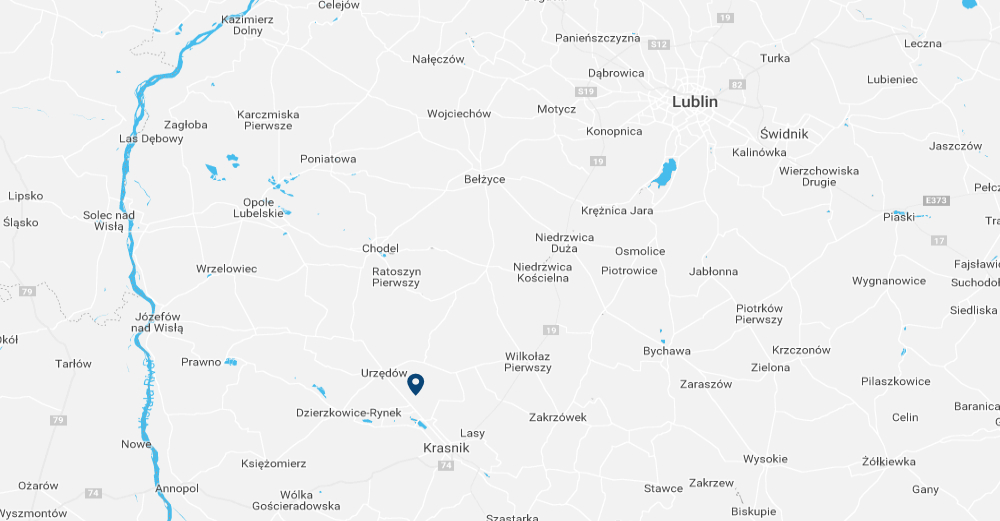Every element rotating or sliding on other element requires using lubricant which decreases friction coefficient. In general only rolling friction occurs in bearings accompanied with slight sliding friction on surfaces of raceways. In some bearings like for example cylindrical roller bearings of type NJ, NUJ, NH, NUP etc., tapered and spherical roller bearings (with flanges) additionally rolling friction occurs between rollers faces and rings flanges which leads to temperature increase. In order to enhance operating conditions of rolling bearings and fully utilize their service life different types of lubrication are applied depending on working conditions and bearing mounting design. Currently used lubricant also protect bearing from corrosion and from contaminants/moisture penetration performing as additional sealing.
Lubricant selection
Factors that decides on choosing proper lubricant for particular bearing mounting design are: operating temperature, sealing type and environmental conditions, bearing speed, load, type and internal design of bearing. Best results are achieved using oil lubrication. However it has some drawbacks:
- necessity of using complex sealing protecting from oil outflows or protecting from contaminants penetration;
- hazard of disturbances occurrence in lubricant machinery which impose careful supervision of machinery providing oil.
- In some cases oil lubrication is a must, for example:
- when heat transfer is necessary for heat transfer from bearing assembly;
- when oil lubrication is used for lubricating other parts of the machinery;
- in case of large speeds that overcome limiting speed of bearing;
- when bearing has solid cage of closed design which fills all free space between bearing rings.
In most cases bearings are lubricated with grease due to ease or even elimination of maintenance, simpler sealing and reduced operational costs.





